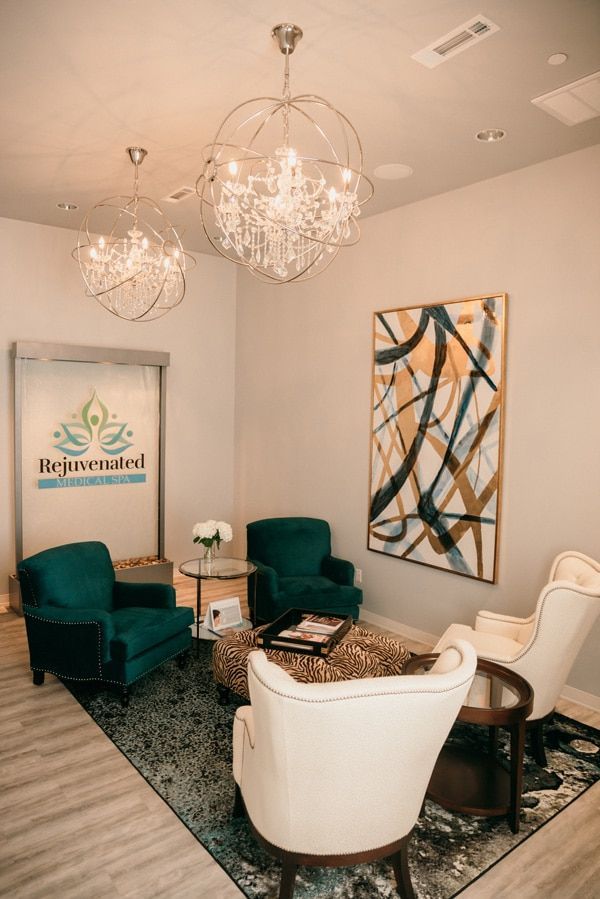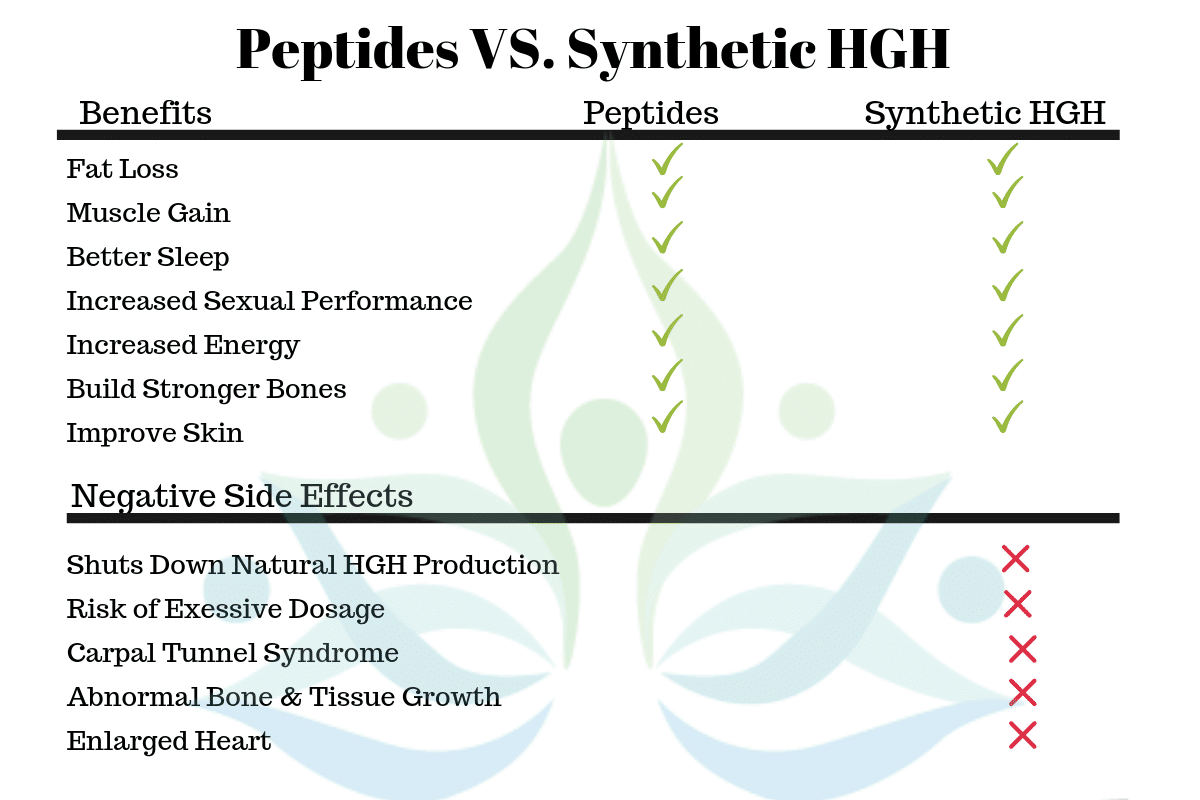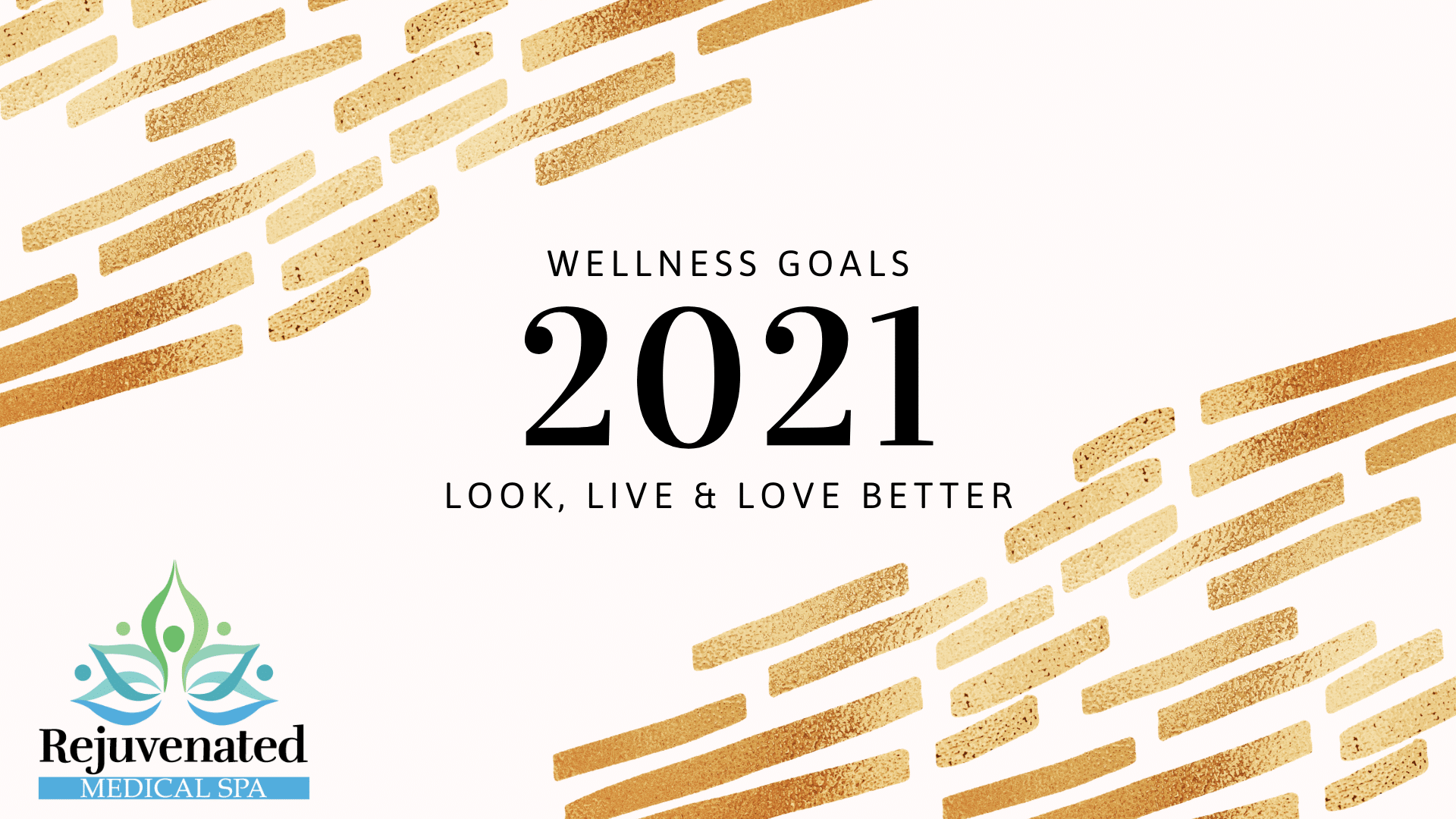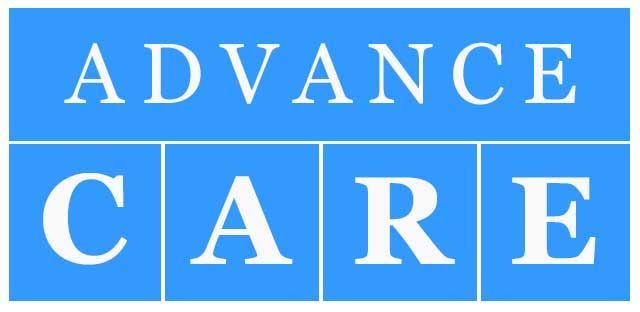Sleep Disruptions: Overview and Treatment
Sleep
Sleep is essential for life and optimal health. However, despite the importance of sleep, about 70 million Americans have significant and chronic disruptions that affect their activity and health. A 2014 survey conducted by the National Sleep Foundation reported that 35% of American adults rated their sleep quality as “poor” or “only fair” (2). Poor sleep or inadequate sleep is one of the most common complaints of my patients. We all know sleep is important but sleep is still definitely not completely understood.
Types and Stages of Sleep
There are two types of sleep: Non-REM sleep and REM sleep. Non-REM sleep is composed of four sleep stages. The stages have been defined on the basis of physiologic parameters (i.e. muscle movements and eye movements) and changes in the frequencies and amplitudes of an EEG (electroencephalogram).
Stage 1 Sleep : there is muscle tone present in the skeletal muscles and breathing occurs at a regular rate.
Stage 2 Sleep : You are deeper in sleep and less able to be awakened and shows “saw tooth waves” and sleep spindles on EEG.
Stage 3 & 4 Sleep : AKA Deep Sleep: These stages are progressively deeper and are also known as “slow wave sleep” or delta sleep. A sleeper in these stages is always difficult to awaken. As we get older, humans spend less time in slow wave sleep and more time in Stage 2 sleep. These stages are believed to be the most restorative stages of sleep.
Stage 5 Sleep AKA REM Sleep: This stage of sleep is associated with dreaming. It is very different than other stages due to EEG waves but also that the skeletal muscles have little to no tone or movement, the breathing is more erratic, heart rate increases, motor and sensory areas of the brain show more activity and the eyes move rapidly (hence the term rapid-eye movement or REM sleep).
The Sleep-Wake System
The Sleep-Wake System is thought to be regulated by two major processes. One that promotes sleep (Process S) and one that maintains wakefulness (Process C). the need for sleep grows throughout the day and peaks just before you sleep while gradually decreasing during sleep. Process C is regulated by the circadian rhythm and counteracts the Process S, promoting wakefulness and alertness. Without Process C, the total sleep required remains the same but is randomly distributed throughout the day rather than separated into sleep and wake episodes.
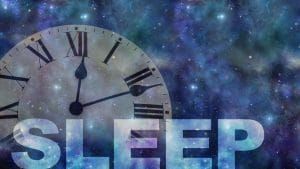
Circadian Rhythms
This refers to the daily rhythms in physiology and behavior. Circadian rhythms control the sleep-wake cycle, physical activity, food consumption, body temperature, heart rate, muscle tone, and hormone secretion. Structures in the hypothalamus of the brain are responsible for circadian rhythms. Animals appear to have an internal clock to help determine daily behavior and rhythms but the external day-night cycle is also largely influential on these behaviors. In mammals, there are specific genes that are essentially turned on and off in a cyclical pattern that is very close to 24 hours (1).
Age Related Changes
Infants and Young Children
Newborns sleep 16-18 hours per day and the sleep is evenly distributed across the day. Circadian rhythms begin to form around 2-3 months, allowing sleep to be more consolidated into episodes during the day and night. These first 2-3 months are when melatonin and cortisol begin to cycle in patterns. Children gradually require less sleep. This is also likely influenced by social cues such as the elimination of naps etc.
Adolescents
Most adolescents require 9-10 hours of sleep per night but a considerable amount of adolescents are sleep deprived. Although not popular among teens, a relatively fixed bedtime can help to anchor REM sleep and help to prevent sleep deprivation.
Adults
Typically, adults develop earlier wake times and reduced sleep consolidation (1). Adults over age 65 have an average wake time that is 1.33 hours earlier and bedtime 1.07 hours earlier than young adults (1). Older adults have a higher risk of sleep disruption and sleep difficulty. Older adults do show a decrease in melatonin levels. Also, as we age, we are actually more easily awakened during Non-REM sleep as well, which means our sleep is more easily disrupted by minor environmental changes.
Sleep Disorders
There are about 100 sleep disorder classifications, but for our purposes we will look at them in three categories:
- Sleep Deprivation: failure to obtain the necessary amount or quality of sleep
- Disrupted Sleep: inability to maintain sleep continuity
- Events that occur during sleep: such as restless leg syndrome or sleep apnea
Short-term Sleep Deprivation
In healthy individuals, short-term consequences include a heightened stress response; pain; depression/depressed mood; anxiety; and altered cognition, memory, and performance deficits . When sleep is disrupted, levels of norepinephrine and epinephrine increase indicating activation of the sympathetic nervous system. Over time this can be not only harmful to the quality of life but also may lead to certain diseases and even increase the risk of death (2).
Long-term Sleep Deprivation
Long-term sleep deprivation can significantly alter hormone production and release. Chronic sleep disruption is associated with adrenocorticotropic hormone (ACTH) and cortisol. Chronic sleep deprivation is also associated with decreased insulin sensitivity, therefore increasing your risk of type 2 diabetes. Decreased leptin and increased ghrelin can lead to increased appetite. In addition, sleep disruption leads to changes in pro-inflammatory cytokines such as tumor necrosis factor (TNF) and C-reactive protein (CRP). Higher sleep disturbance scores have also been associated with higher risk of elevated cholesterol, higher body mass index (BMI), and increased risk of hypertension. There is also evidence that long-term sleep deprivation can increase risk of certain types of cancer and even overall risk of death. (2)
Prescription Sleep Medications
There are many prescription medications used for sleep. In the interest of time, I will only mention the most common prescription medications used for sleep.
Benzodiazepines (clonazepam, diazepam, alprazolam, triazolam, temazepam etc.)
There are several types of benzodiazepine medications and some have been used for the treatment of sleep and anxiety for decades. These medications bind to and activate the GABA receptor. They all have sedating effects. They all also have significant addictive and abuse potential. In addition, these medications can interact poorly with alcohol leading to dangerous changes in blood pressure and breathing.
Benzodiazepine Receptor Agonists
Zolpidem (Ambien), and eszopiclone (Lunesta) were developed in order to selectively bind to certain GABA receptors to help induce sleep while attempting to minimize the abuse and dependence potential of the benzodiazepine medications. These medications are very effective but still have significant risk of adverse effects. My recommendation is that these medications should only be used for short periods of time to help with short-term insomnia. The biggest potential adverse effects of these medications are that they can persist into the next day and can lead to potentially dangerous situations such as driving while still under the effects of these drugs. In 2013, the FDA recommended that clinicians use lower doses of zolpidem due to blood levels staying elevated the next morning.
Sedating Anti-depressants
Several older anti-depressants have sedating effects. The agents most commonly used for sleep are: Trazodone, Amitriptyline, Doxepin, and Mirtazapine. These medications have common adverse effects of dry mouth, dizziness, and next day drowsiness. I personally prescribe these medications only in limited cases such as patients who have failed other agents or those who have depression.
Over The Counter Sleep Aids
Antihistamines
Many antihistamines have sedating properties and are commonly used as sleep aids. Diphenhydramine is one of the most common OTC sleep aids and is found in brand name products such as Nyquil ,Z-quil, Tylenol PM, Advil PM and many others. Doxylamine is found in Unisom products. Unfortunately, these products are frequently overused, can rapidly lead to tolerance, and carry several possible adverse effects. My opinion is that these agents should never be used as sleep aids. These medications can reduce the quality of sleep, cause residual drowsiness the following day and can also cause dizziness, dry mouth, constipation, confusion and other adverse effects. Older adults are even more susceptible to these side effects and antihistamines can lead to falls during the night. Again, myself and most experts recommend against using antihistamines for sleep. (3)
More Natural Options
Melatonin
Melatonin is a hormone produced in the brain in preparation for sleep so it makes sense that taking a supplement of melatonin could help with sleep. My main issue with this is that, for most people, a physiologic dose of melatonin would be in the 0.3-1.0mg range but most supplements contain doses 10x higher in the range of 3-10mg of melatonin, which leads to elevated melatonin levels the following day and resulting drowsiness. (3)
Valerian
Valerian is an herbal product consisting of Valeriana officinalis . Valerian root has been used as a sleep aid since ancient Rome. Some studies show efficacy while others show minimal effects. My opinion is that Valerian can be helpful when combined with other ingredients but is not likely to be effective alone.
Magnolia
Magnolia is an herbal supplement isolated from Magnolia officinalis and has been used in Chinese medicine for over 2000 years for a variety of issues.
L-theanine
This is an amino acid that is used for anxiety, improved focus, and sleep. I frequently recommend this for my patients with anxiety or during times of increased stress. L-theanine is safe and is very useful for sleep, anxiety, and stress but not always effective when used alone for sleep.
My Preferred Sleep Agents
In my opinion and experience, the effectiveness and adverse effect of sleep aids vary significantly between individuals. For this reason, I am frequently researching sleep aids and we carry several options in our clinic for our patients. Below are my favorite sleep aids in no particular order.
Sleep (Farmakeio): 5HTP, Valerian, Magnolia, phenylbutyric acid, and 5mg melatonin for those who need more melatonin
Best Rest (Pure Encapsulations): passion flower, Valerian, GABA, L-theanine, lemon balm, chamomile, 1mg melatonin, vitamin B6
Seditol Plus (Douglas Laboratories): magnolia, ziziphus spinosea, chamomile, passion flower, lemon balm extract
Insomnitol (Designs For Health): GABA, 5HTP, vitamin B6, L-theanine, and 1.5mg melatonin – these are available in chewable or capsule form.

Sleep Hygiene and Lifestyle Management
Sleep hygiene refers to environmental and behavioral conditions intended to promote sleep. If you are having difficulty sleeping, you should definitely follow good sleep hygiene habits. This is not an exhaustive list but does include several helpful tips.
- Avoid caffeine later in the day as the stimulant effects can make it harder to fall asleep (4)
- Exercise regularly – exercise appears to lead to falling asleep faster and deeper more restful sleep- however the opposite can occur if exercise is performed closer to bedtime (4)
- Maintain a regular sleep schedule- falling asleep at roughly the same time each night allows better synchronization of circadian rhythms and sleep/wake cycles (4)
- Minimize or avoid alcohol – alcohol appears to let you fall asleep faster but have lighter/less restful sleep later and more awakenings during the night (4)
- Avoid blue light from computers/phones/etc. at least 30-60 minutes prior to sleep as this can block the production of melatonin and also stimulate the visual cortex of your brain leading to a more awake state (5)
- Create a sleep-inducing bedroom by selecting a good mattress, quality bedding, an agreeable temperature, and avoiding noise or using white noise to help over disrupting noises during the night (5)
Summary
As we have discussed, sleep deprivation can lead to detrimental changes in memory and cognition, mood, and even increase the risk of depression, diabetes, obesity, heart disease and death over time. My preference is to avoid prescription sleep aids when possible and certainly to avoid antihistamines such as Benadryl (Tylenol PM etc.). I also prefer to keep the melatonin dose as low as possible. We are constantly researching new and safer sleep aids as there can be a lot of individual variation in the response to these supplements. Please let us know if you have any questions.
References :
- Colten, HR; Altevogt, BM. Sleep Disorders and Sleep Deprivation: An Unmet Public Health Problem. Institute of Medicine Committee on Sleep Medicine and Research. National Academies Press 2006.
- Goran, Medic; Micheline Wille; Michiel EH Hemels. Short and long-term health consequences of sleep disruption. National Science of Sleep. 2017; 9: 151-161.
- Lie, Janette D. et al. Pharmacological Treatment of Insomnia. Journal of Pharmacy & Therapeutics 2015 Nov; 40(11): 759-768, 771.
- Irish, Leah A. et al. The Role of Sleep Hygiene in Promoting Public Health: A Review of Empirical Evidence. Sleep Medicine Review 2015 Aug; 22:23-36
- Sleepfoundation.org

